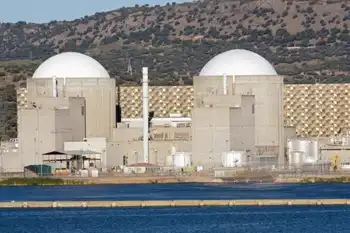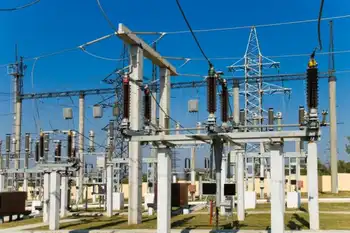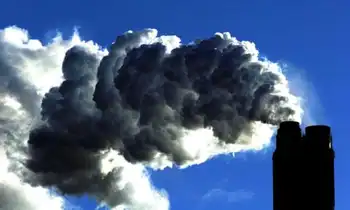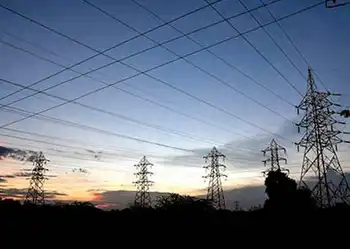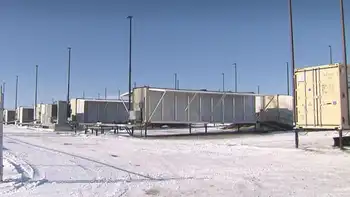When green isnÂ’t green enough
By Globe and Mail
High Voltage Maintenance Training Online
Our customized live online or in‑person group training can be delivered to your staff at your location.

- Live Online
- 12 hours Instructor-led
- Group Training Available
You wonÂ’t hear government officials ever describe it that way of course. There is only one acceptable term in Premier Gordon CampbellÂ’s administration.
Site C is a “clean energy project” – a catch phrase that’s used repeatedly because it plays to sensibilities of a population left jittery by global warming threats.
But it is open to debate as to whether or not that is an accurate description.
Andrew Weaver, the eminent, Cambridge educated expert on atmospheric sciences from the University of Victoria, thinks it is.
“Yes, it meets the definition of clean energy,” he says, pointing out that hydropower is just about as clean as it gets.
Dr. Weaver is quick to acknowledge that greenhouse gases will be produced by the massive construction effort needed to build the dam. And he agrees that emissions will be released when vegetation rots in the reservoir that will be created.
But relatively speaking, the amounts of greenhouse gases produced will be minor, he says, and once up and running, Site C will be generating clean energy for a long time to come.
In the process, it will displace the need to use other, dirty methods, such as coal, oil or gas, says Mr. Weaver.
And that will help make the planet a greener place.
But not everyone feels that way. The Peace Valley Environment Association, for example, has just released a study that says the project will emit substantial amounts of greenhouse gases.
“The construction of Site C would also counteract the valley’s contribution to global climate change mitigation… [by flooding] approximately 5,340 hectares of land which currently helps mitigate global climate change through carbon sequestration and storage,” states the report.
BC Hydro addressed the issue in a technical review released last year, in which it said that through construction and reservoir emissions “Site C would emit a net total of approximately four million tonnes of [greenhouse gases] over its lifespan.”
That sounds like a lot, but BC Hydro says it has to be looked at in the context of alternate power sources.
“Over the next 100 years,” states BC Hydro, “Site C would produce the same or lower GHG emissions than all other options available in B.C.… [falling] within the ranges expected for other renewable sources, such as wind and geothermal, while outperforming solar photovoltaics.”
Case closed?
Not quite. International Rivers, a Californiabased nonprofit that works at protecting rivers around the world, warns that recent studies indicate dams and reservoirs arenÂ’t as clean as they have long seemed.
“Hydropower is often believed to be an inherently ‘climate friendly’ technology. But scientific studies indicate that the rotting of organic matter in reservoirs produces significant amounts of greenhouse gases carbon dioxide, methane and nitrous oxide,” says International Rivers.
The organization says a study of Wohlensee, a small runofriver hydro reservoir in Switzerland, found it was emitting 780 metric tonnes of methane a year. ThatÂ’s not a lot, but it was more than anyone expected to see.
“It has usually been assumed that methane emissions are negligible from dam reservoirs in temperate regions,” says the report.
It also says a giant reservoir in Brazil, where a vast forest was flooded, had such high emissions it ranked as a dirtier power producer than a fossilfuel plant.
The International Rivers report says the science of measuring greenhouse gas emissions from dams and reservoirs “is complex and subject to numerous uncertainties,” but it cautions policy makers against assuming hydropower is inherently climate friendly.
Seen in this light, Mr. Campbell’s “clean energy project” may not be quite so green as it seems.






